Optimal Timing for Water Treatments
Water treatments are essential for maintaining water quality and ensuring the safety of water supplies. Proper timing of treatments can optimize effectiveness, prevent issues, and extend the lifespan of water systems. Understanding seasonal and environmental factors influences the scheduling of water treatment procedures.
Spring and early summer are ideal for comprehensive water treatments due to increased biological activity and temperature changes. Fall treatments prepare systems for winter and reduce buildup.
Temperature fluctuations, rainfall, and water usage patterns influence the best timing for treatments. Warmer months often require more frequent treatments due to algae growth.
Regular treatments before peak usage seasons help prevent contamination and buildup, ensuring water quality year-round.
Water quality can vary seasonally, with higher levels of contaminants during certain times, making treatment timing critical.

Modern equipment used in water treatment processes.
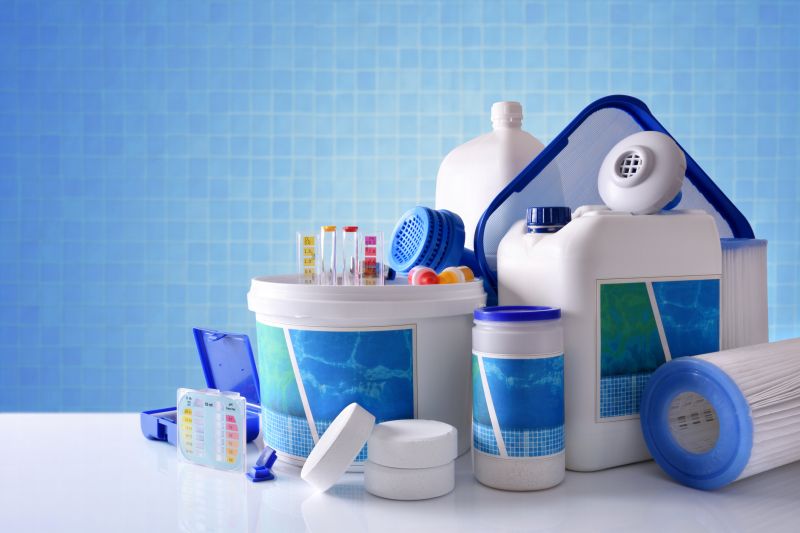
Samples being analyzed to determine water quality.
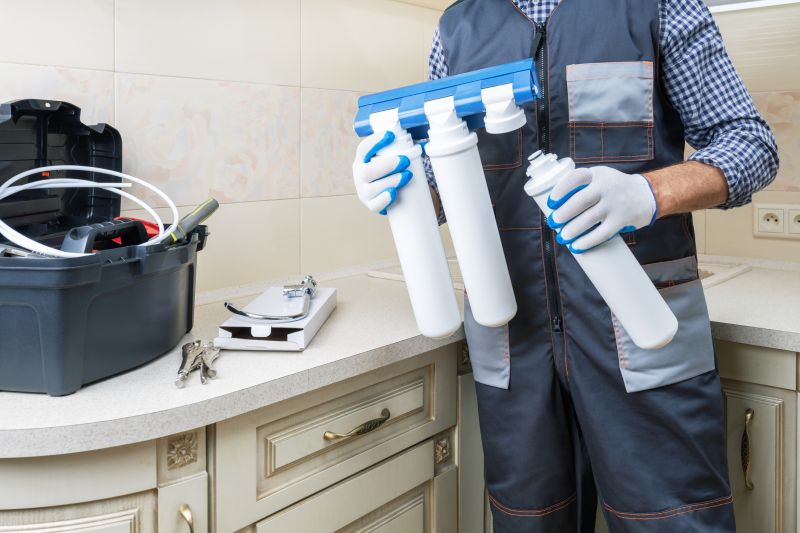
Application of chemicals for water purification.
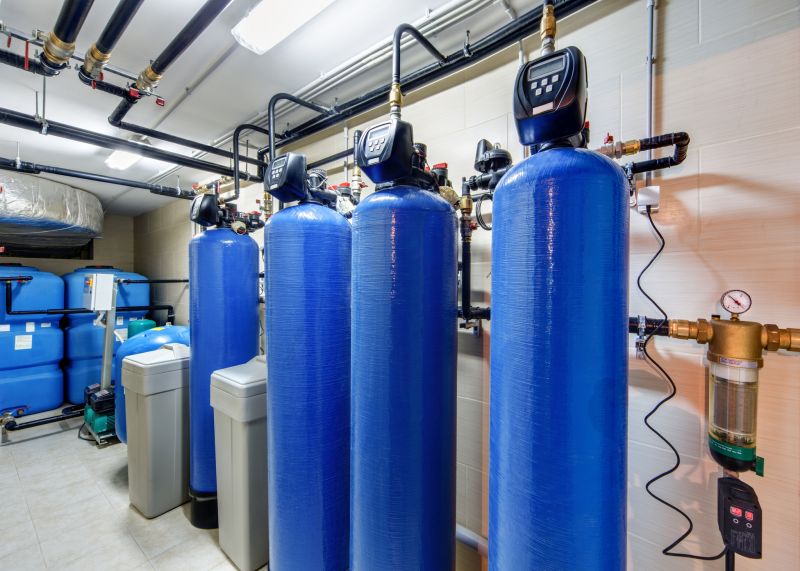
Ways to make Water Treatments work in tight or awkward layouts.
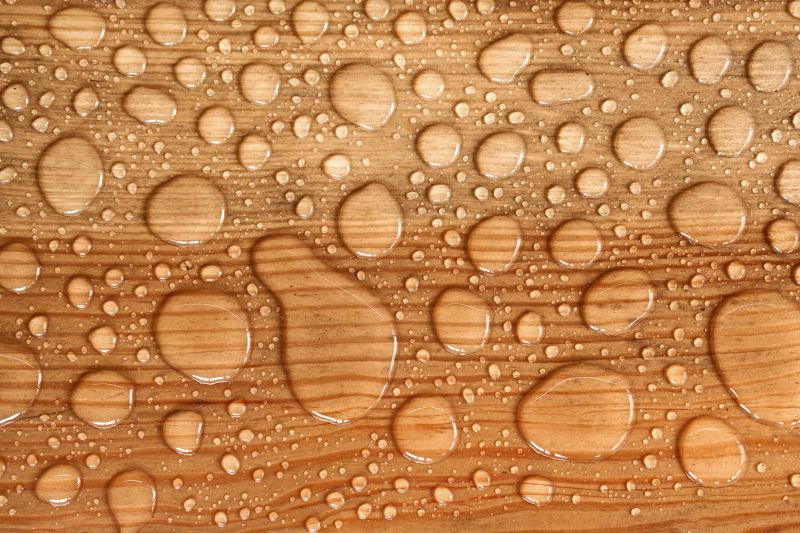
Popular materials for Water Treatments and why they hold up over time.

Simple add-ons that improve Water Treatments without blowing the budget.
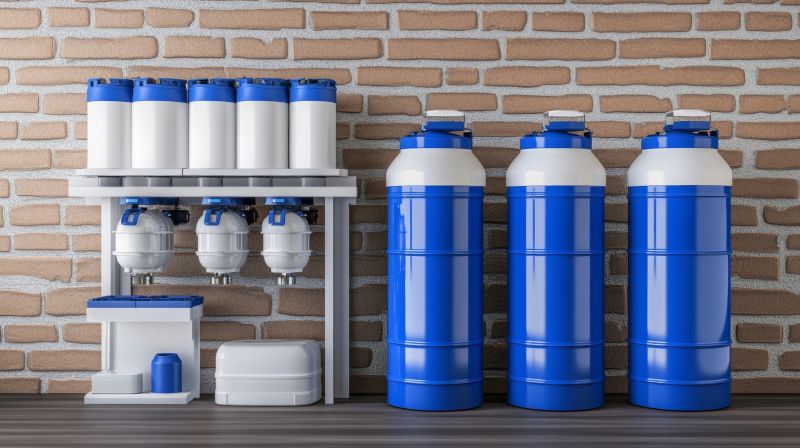
High-end options that actually feel worth it for Water Treatments.

Finishes and colors that play nicely with Water Treatments.
| Season | Recommended Treatment Activities |
|---|---|
| Spring | System flushing, algae control, chemical dosing |
| Summer | Routine disinfection, algae prevention, filter maintenance |
| Fall | Bacterial testing, system cleaning, winterization prep |
| Winter | Minimal treatments, focus on system protection |
Water treatments involve a range of processes to remove contaminants, control microbial growth, and improve water clarity. These treatments include chemical dosing, filtration, disinfection, and regular testing. Properly timed treatments help prevent buildup of sediments and biofilms, which can compromise water quality and system efficiency.

Filtration units removing sediments and impurities.
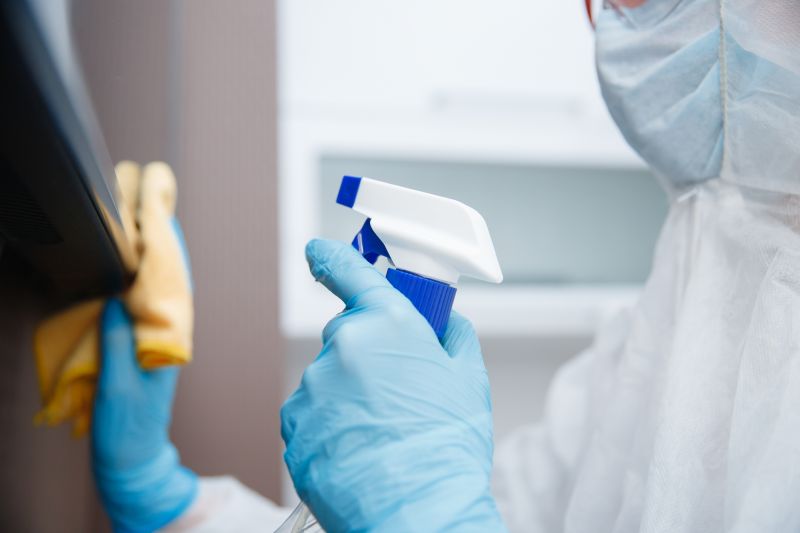
Disinfection method using chlorine to eliminate pathogens.
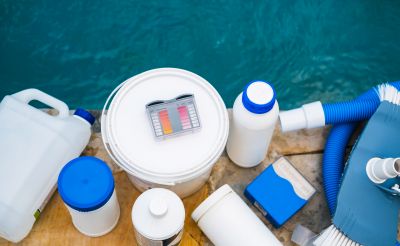
Laboratory analysis for water quality assessment.
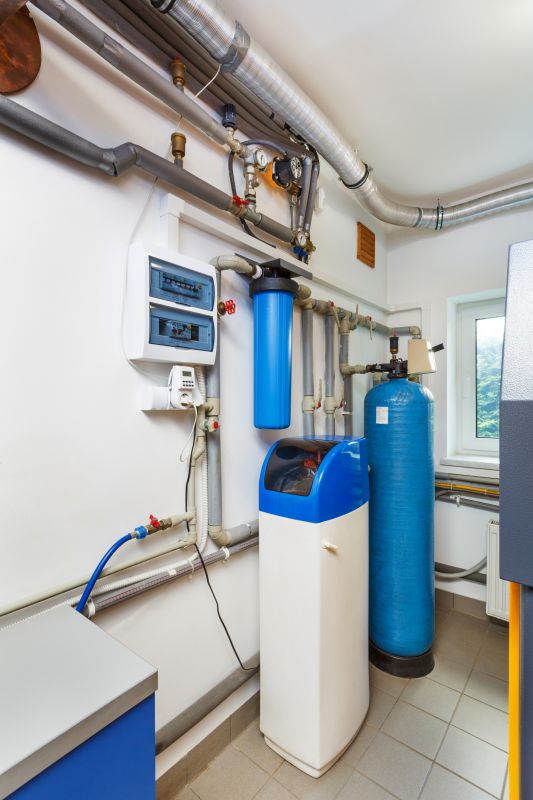
Adding chemicals to control algae and bacteria.

A 60-second routine that keeps Water Treatments looking new.
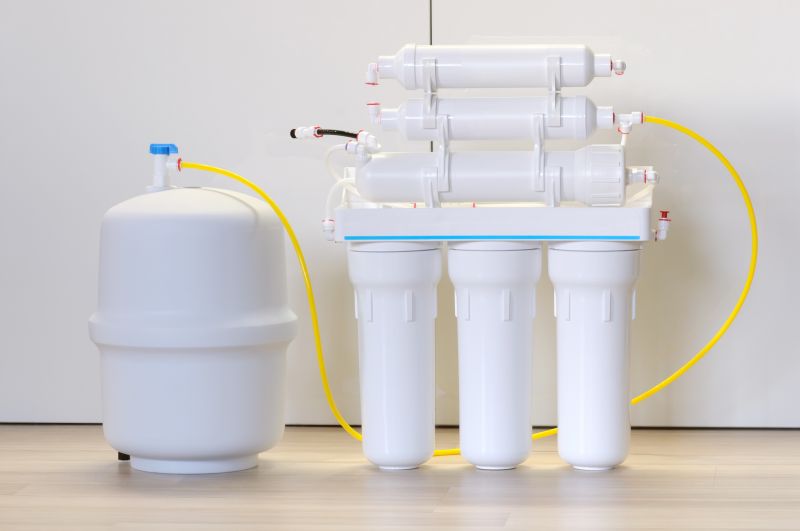
A frequent mistake in Water Treatments and how to dodge it.
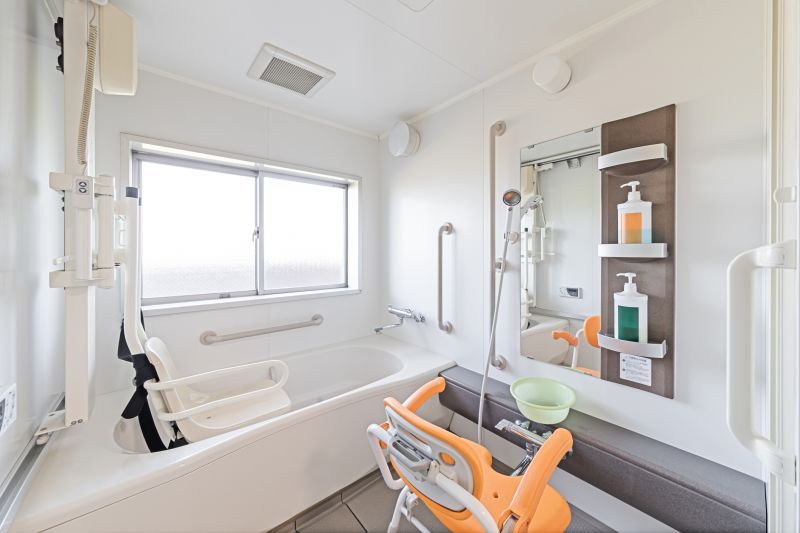
Small tweaks to make Water Treatments safer and easier to use.
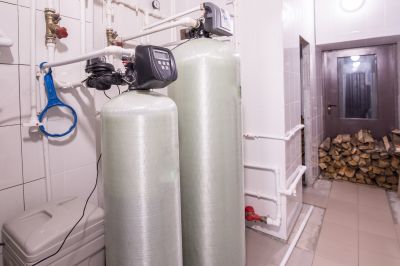
Lower-waste or water-saving choices for Water Treatments.
Scheduling water treatments at appropriate times ensures optimal water quality and system longevity. Regular maintenance and timely interventions can prevent costly repairs and health hazards, especially during seasons with increased biological activity or water demand.

Facility involved in large-scale water purification.
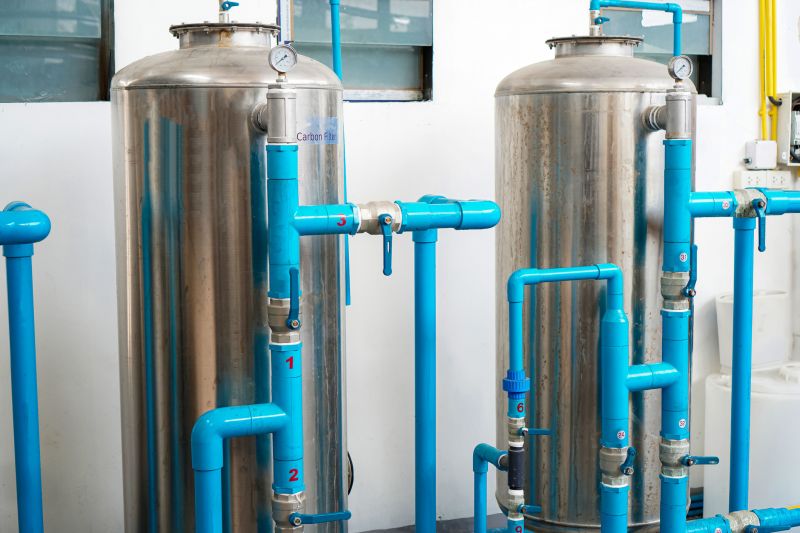
Storage for treatment chemicals used in water systems.

Monitoring equipment for ongoing water assessment.
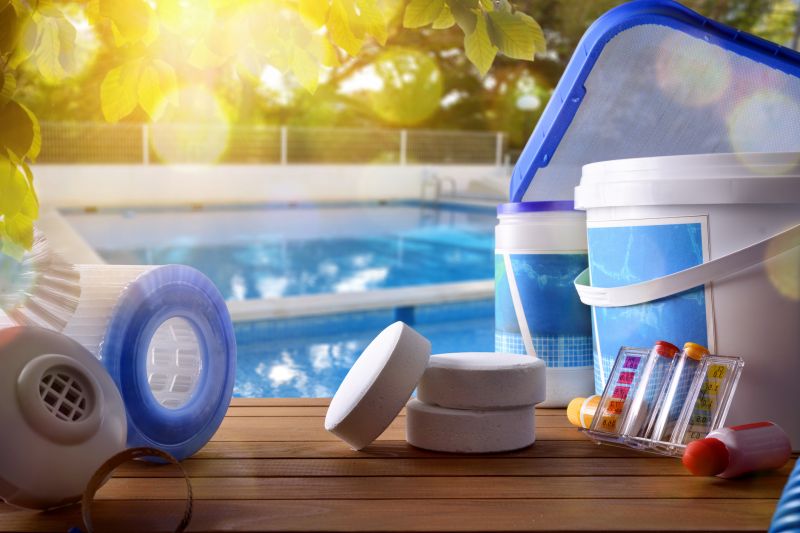
The short, realistic tool list for quality Water Treatments.
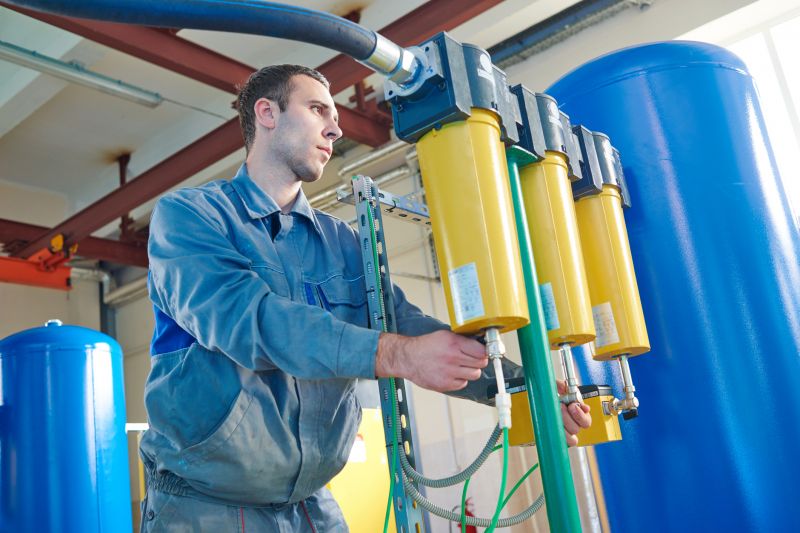
Rough timing from prep to clean-up for Water Treatments.
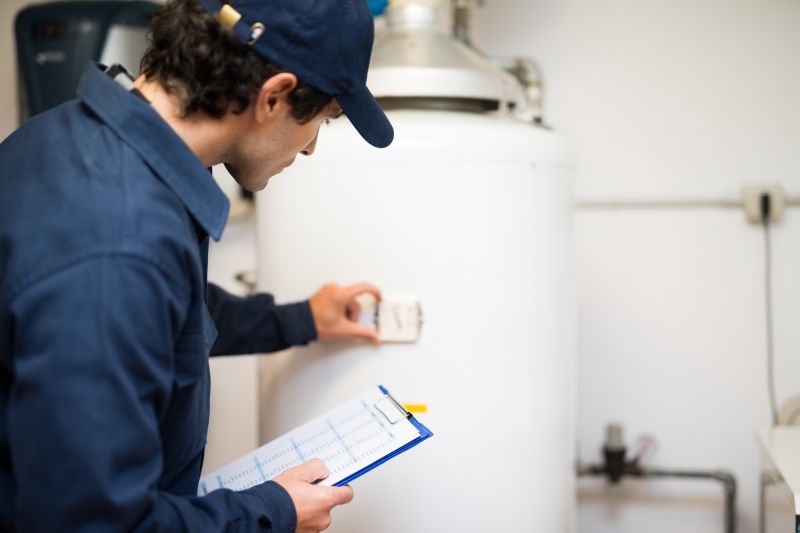
Quick checks and paperwork to keep after Water Treatments.
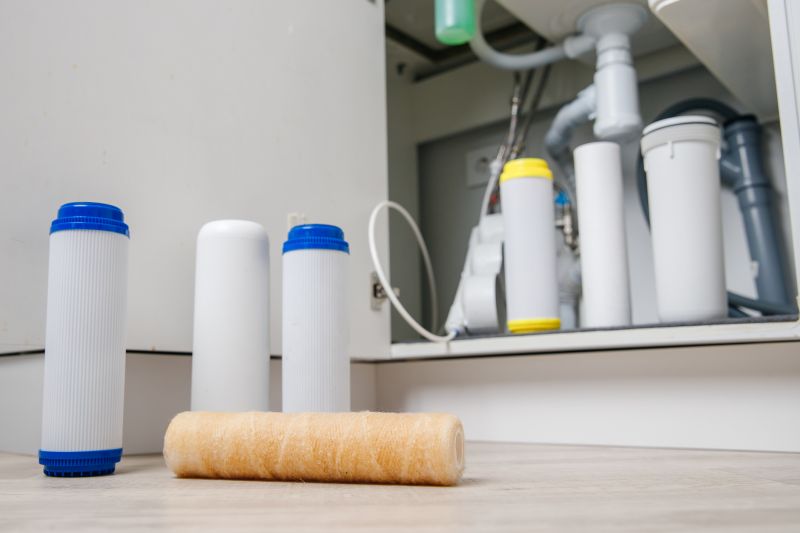
Examples that show the impact a good Water Treatments can make.
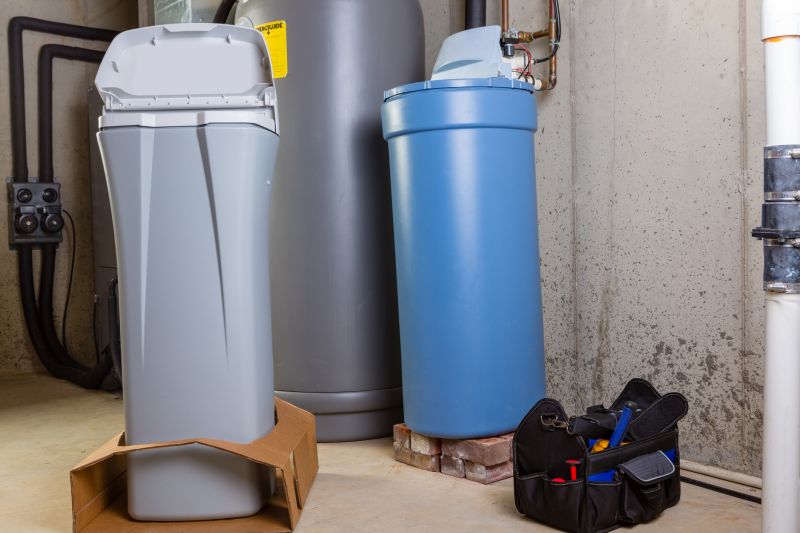
Ways to make Water Treatments work in tight or awkward layouts.
Interested parties are encouraged to contact for more information about scheduling water treatments. Proper timing and procedures can significantly impact water safety and system efficiency, making professional consultation valuable for specific needs.

